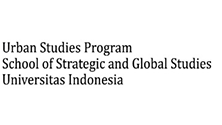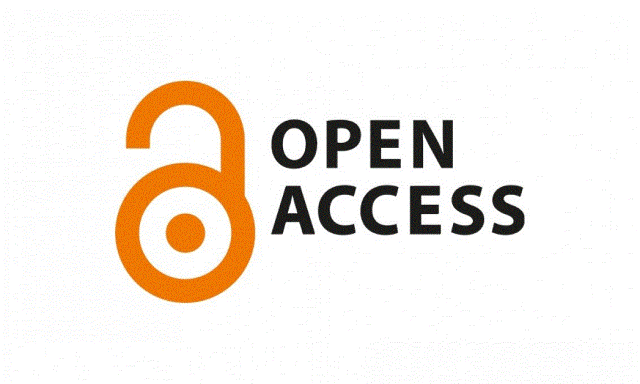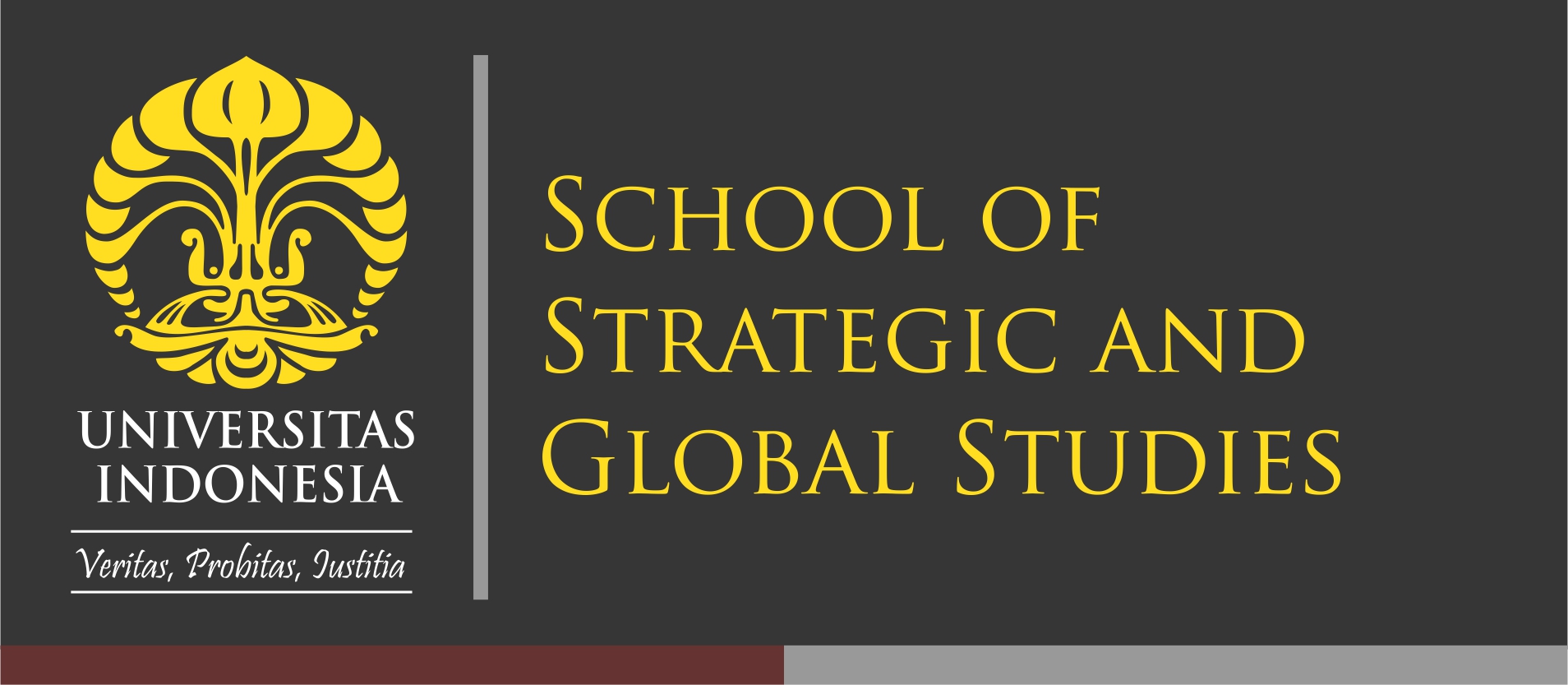Submission
The submitted manuscript should be addressed to Editor-in-chief of the Cities and Urban Development Journal (CUDJ). Manuscript must be submitted through online submission by registered users. You can easily register in the journal system. If the manuscript is accepted for publication in CUDJ, then the submission of the manuscript shall not be permitted to publish the manuscript to other media.
All manuscripts submitted on the CUDJ website must follow the writing guidelines:
- The manuscript is typed on A4 size A-size HVS paper, spacing according to this journal template.
- Original and review articles must not exceed 15 pages.
- The font type used is Arial size 12pt for title, 11pt for authors name, 9pt for affiliation, 9pt for abstract, and 11pt for body text.
- The manuscript file is sent in MS Word format.
- Article titles in Indonesian and English.
- The author's name is written in full and accompanied by the author's affiliation (department, faculty, university, city, country) and the corresponding author's email, marked with an asterisk (*).
- Abstracts are written in Indonesia and English with a maximum of 250 words.
- Abstract keywords (Indonesia and English) 3-5 written alphabetically.
- Introduction
- Make sure there is a State of the Art/overview with previous studies (especially from scientific journal literature in the last 10 years) to support/strengthen the statement justifying the contribution of novelty, not literature review/theory, and not background data sources.
- In the Introduction section of the article, make sure that it is also clearly stated “Gap Analysis / Gap Analysis / Novelty Statement or Contribution Statement for the novelty of the article”.
- The purpose of the research/study objective must be clearly stated at the end of the Introduction, you may not rewrite the title of the article in the research objective.
- Method
The method is described in detail which contains the design, population, sample and sampling technique, the workings of the study, the observed parameters, as well as technical analysis. The method is written in narrative form by conveying the important way the research is conducted. Any forms of instruction, manual or technical manual in a research activity that are too detailed should not be included. The method also contains the research ethics approval number.
- Result
Result section contains a description of the main results of the research. It is suggested to the writer to convey the main and important result, but not impressed to read the table containing the research result.
- Table Format
Caption or title is placed above the table. Each table should use number (such as: "Table 1"). Table 1 spaced typed, not bold, should be numbered according to the appearance in the text with open table format. Table shows only horizontal lines. The maximum number is 5 tables and figures. Tables are derived from a citation, and the source below the table must be written with 10pt font size. Table should not exceed the margin.
- Format Images and Graphics
Caption or title of picture or graphs should be placed under the image with the centre text. Every image must use number (such as: “figure 1”). Figure 1 spaced typed, not bold, be numbered according to the appearance of the text with open image format. The maximum number is 5 tables and figures. A picture from a citation must be written down the source of the image.
- Discussion
The author is expected to interpret the results and then connect them with other journals (accompanied by scientific discussions and arguments that support). Aspects of comparison with articles or other research, but the references in the discussion are only sources of statements, not meaning comparisons. The discussion should be able to align with the main purpose of research in the Introduction.
- Conclusion
Conclusions and suggestions should answer the objectives of research. Drawing conclusions and generalizations are widespread, and they should arc new findings with more meaningful conclusions. The conclusions also should involve the advice given by the author. Recommendations referring to the objective, logical, and appropriate operations of the research should be explained.
- Acknowledgement
This section gives appreciation to institutions or responses that assist in research and report writing. This section can also explain the sources of funds used in research. Example: We would like to thank all the contributors who helped in this study.
- Conflict of Interest
The authors declare that there are or no significant competing financial, professional, or personal interests that might have affected the performance.
- Reference
References style should be written based on the APA Reference format. References contain a minimum of 80% originating from scientific journals. The citations used cannot be secondary references and the writing of citations or references cannot use all capital letters. In addition, the reference sources used are a maximum of the last 10 years. The number of bibliographies is in range 20-30 sources.
Please remain that we only accept papers that the reference list is managed by reference management software such as Mendeley and Zotero.
General Principles
As a basic requirement, all articles submitted to the Cities and Urban Development Journal (CUDJ) must be original work, which has never been published previously and is submitted exclusively to the other journal. The Editorial Board reserves the right to edit all articles in aspects of style, format, and clarity. Authors may be required to revise their manuscripts for reasons of any aspect. Manuscripts with excessive errors in any aspect may be returned to authors for retyping or may be rejected. All manuscripts will be subjected to peer and editorial review.
We accept four types of articles: original articles, review articles, Communication, editorial, brief report, case report, comment, discussion, and essay. Authors must also supply:
- Conflict of Interest form,
- Copy of ethical approval (when needed), and
- Final check list signed by all author(s).
A cover letter should be provided along with the submission addressed to the Editor-in-chief of Cities and Urban Development Journal (CUDJ) which should include a statement about all previous submissions of the manuscript and previous reports that might be regarded as redundant publication of the work. If the manuscript has been submitted previously to another journal, authors are encouraged to provide previous comments along with the responses to accelerate the review process. Author(s) also has to mention the work whether it has been presented in a congress/conference/seminar.
Templates are available for manuscript.






